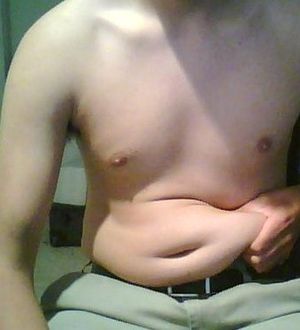
[amazon_link asins=’0449004023,B00JCO3ALG,B0047T73RI,B016K0W90C,B072BJF9FW,B004AH8N3A,B06VTNSG4W,B00IP6G4S8,B00IP6G4T2′ template=’ProductCarousel’ store=’finmeacur-20′ marketplace=’US’ link_id=’a9b769ec-84a5-11e8-981f-1d2c6f342569′]
Researchers found that among adults younger than 40, those who typically slept for five hours or less each night had a greater accumulation of belly fat over the next five years.
……..CLICK & SEE
But those who logged eight hours or more in bed each night also showed a bigger fat gain, although it was less substantial than that seen in “short sleepers.”
On average, short sleepers showed a 32 percent gain in visceral fat, versus a 13 percent gain among those who slept six or seven hours per night, and a 22 percent increase among men and women who got at least eight hours of sleep each night.
A similar pattern was seen with superficial abdominal fat. Even when the researchers considered factors like calorie intake, exercise habits, education and smoking, sleep duration itself remained linked to abdominal-fat gain.
The study does not prove that too little or too much sleep directly leads to excess fat gain. But the findings support and extend those of other studies linking sleep duration — particularly a lack of sleep — to weight gain and even to higher risks of diabetes and heart disease.
Resources:
Reuters March 1, 2010
Sleep March 1, 2010 :
Related articles by Zemanta
- Sleep Habits Linked to Fat Gain in Younger Adults (nlm.nih.gov)
- Too Little Sleep Linked to Increased Belly Fat (wellness.blogs.time.com)
- Don?t weight up (newstatesman.com)
- What is the best way to lose belly fat (slideshare.net)
- How To Lose Belly Fat Tips (slideshare.net)
- Sleep Yourself Skinny (lewrockwell.com)
- The Truth About Belly Fat And How To Get Rid Of It (fitnesstipsforlife.com)
- The genes behind sleep patterns (cbc.ca)
![Reblog this post [with Zemanta]](https://i0.wp.com/img.zemanta.com/reblog_e.png?w=580)











































